Looking back on fond memories... A Bowl of Sujebi
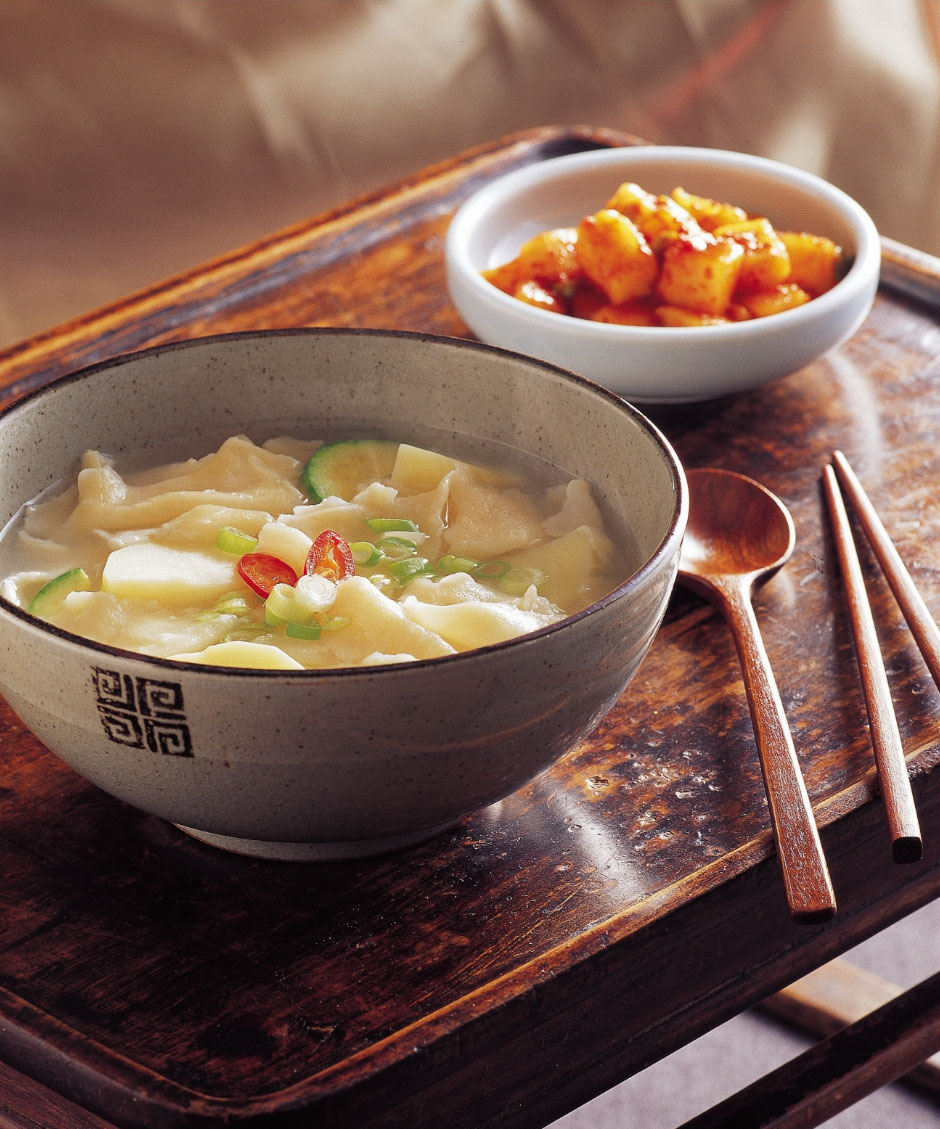
Sujebi (hand-pulled dough soup) is a popular dish for ordinary folks that is made by tearing off pieces from a flour dough by hand and plopping them one by one into a boiling broth made with anchovies, meat, and various other ingredients. According to the Institute of Traditional Korean Food, the dish was originally called “sujeobi,” meaning “food made by folding by hand,” but it gradually became altered into “sujebi” over the years.
Back when flour was precious, sujebi was a special type of food that was eaten on celebratory occasions, but following the Korean War in the early 1950s, flour began to be supplied to Korea from abroad as part of the emergency relief supplies. As a result, flour became cheaper than rice, and it soon became a staple in the commoners’ diet. Along with bindaetteok (mung bean pancake), it became a dish that people craved whenever it rained.
Pizza and pasta are, of course, the well-known staples of the Italian diet. In the case of pizza, it used to be made by cooking the dough and topping it with whatever food that was left over to be made as food for survival, rather than the pleasure of the taste buds. This is why there were no recipes that were recorded in the early days. Spätzle from Germany and pierogis from Poland were also food eaten by commoners in the beginning. Ordinary folks’ food — that is what these dishes have in common with sujebi.
Sujebi has become diversified over the years with a broad range of varieties that tantalize people’s taste buds including gamja-sujebi, where the flour dough is made chewier by mixing in mashed potato; eolkeun-hemul-sujebi, made with a wide variety of seafood and spicy chili pepper; kimchi-sujebi, made with kimchi, perhaps the most famous fermented food from Korea; sigeumchi-sujebi, which is highly nutritious as the dough is made with ground spinach; deulkkae-sujebi, which tastes extra savory with the addition of perilla seeds, and more.
There are many restaurants that offers delicious and nutritious sujebi that can be eat as soon as it is served from the kitchen, but there are also a growing number of restaurants that offer a chance for customers to make sujebi on their own, adding the hand-pulled pieces of dough into the broth, for a more enjoyable experience. Sujebi is a dish that pairs perfectly with any and all kinds of soupy dishes that you can find here in Korea, so why not try to find the perfect food pairing that suits your taste buds?


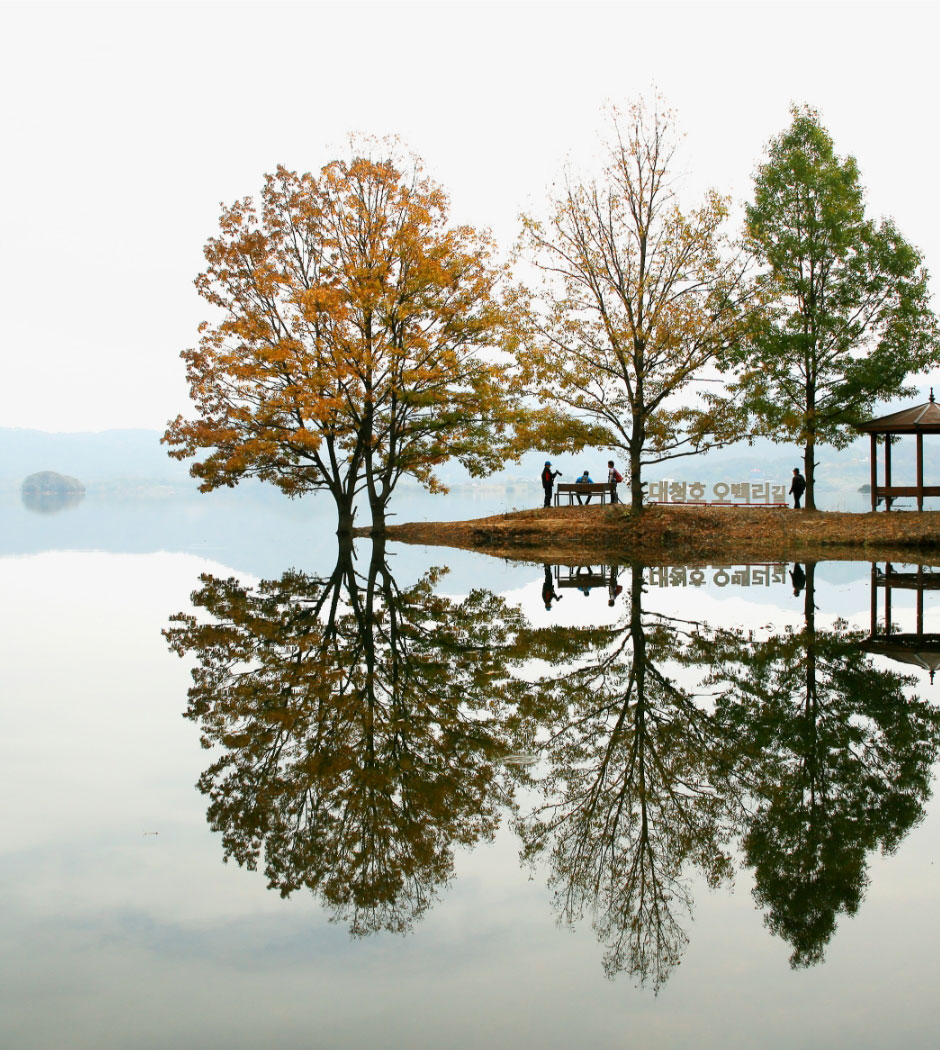
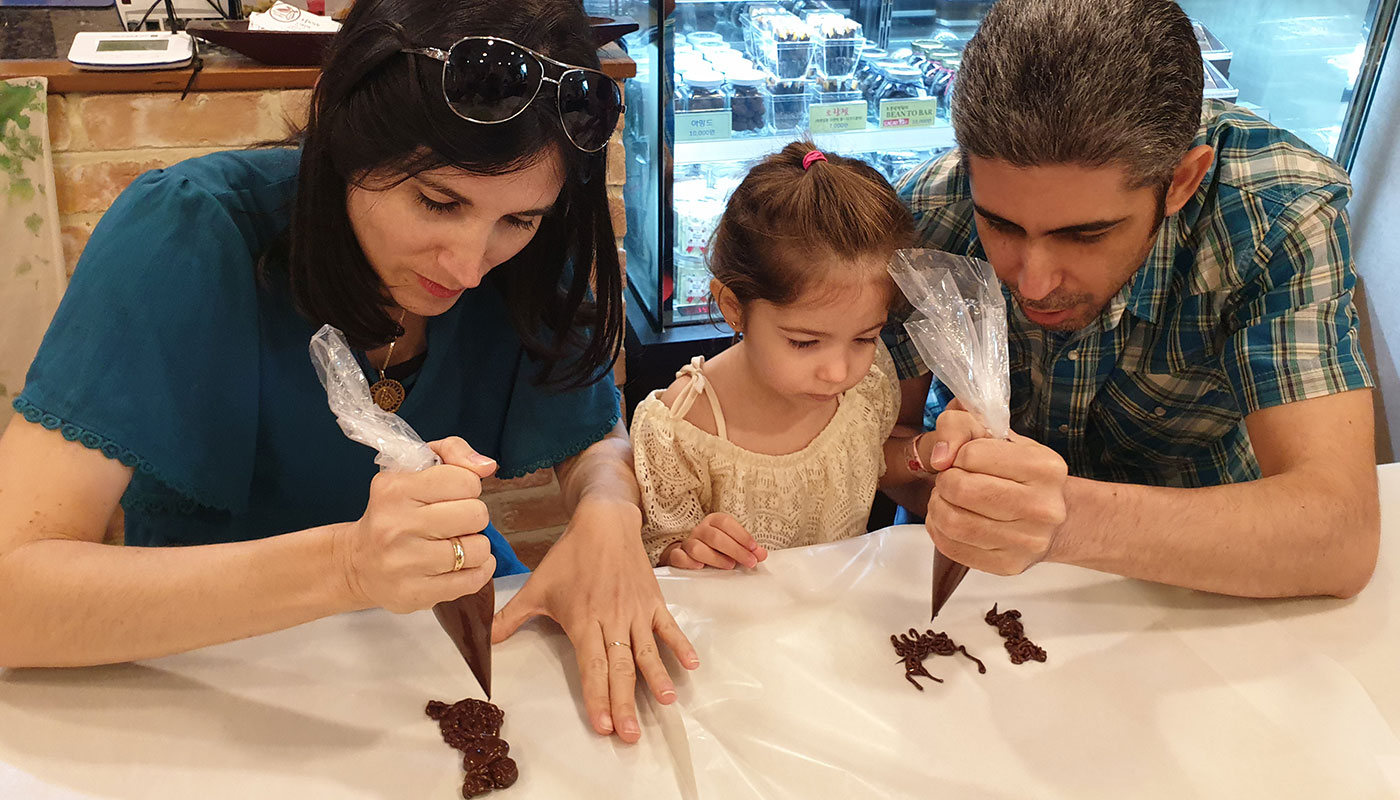
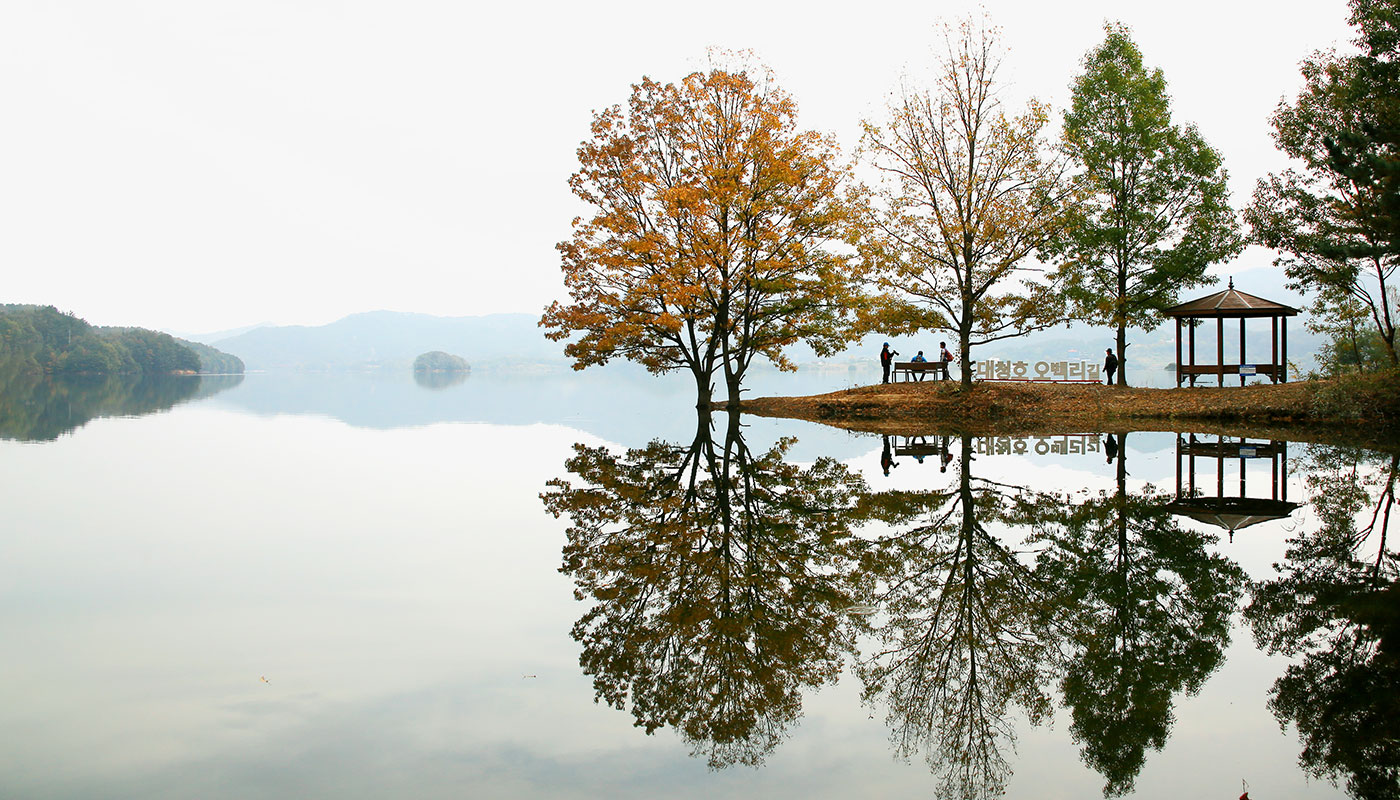
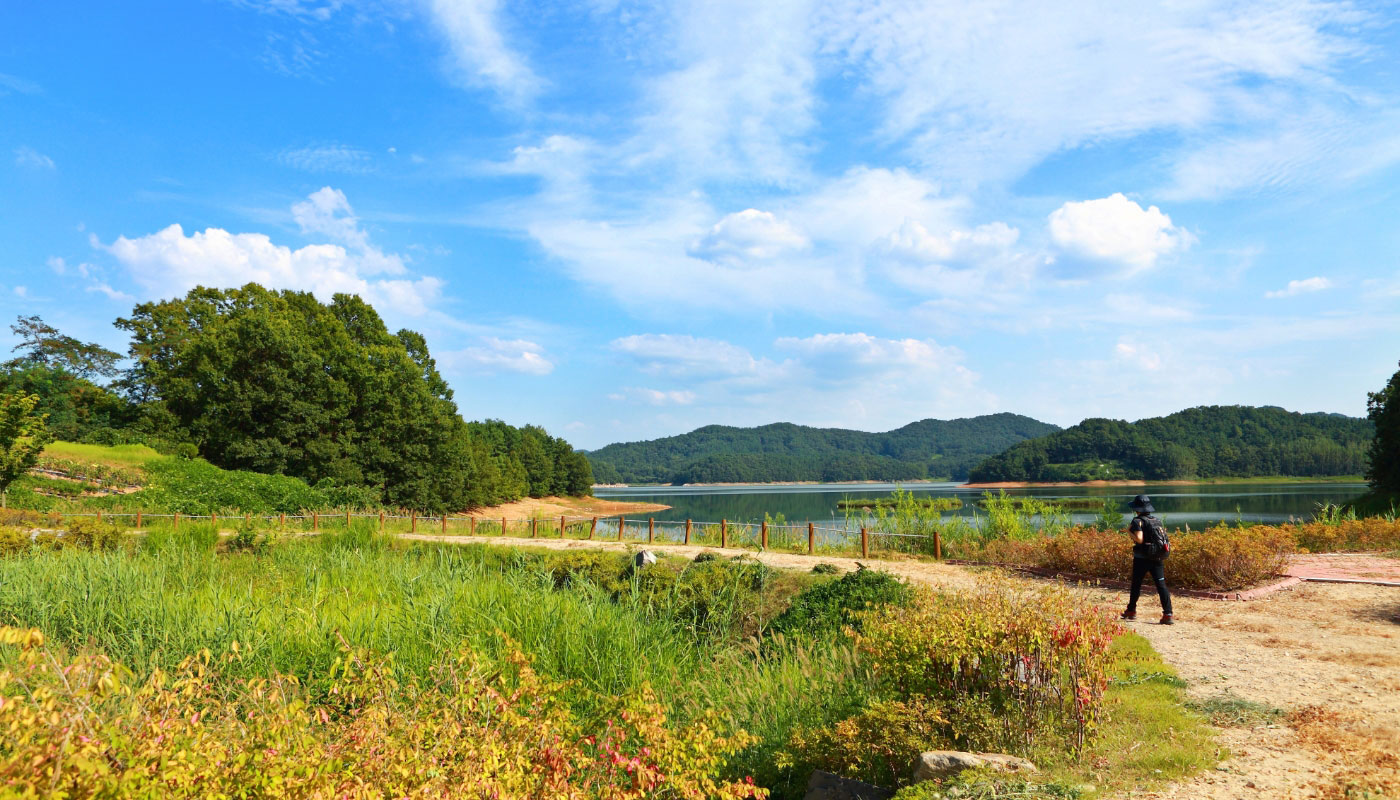
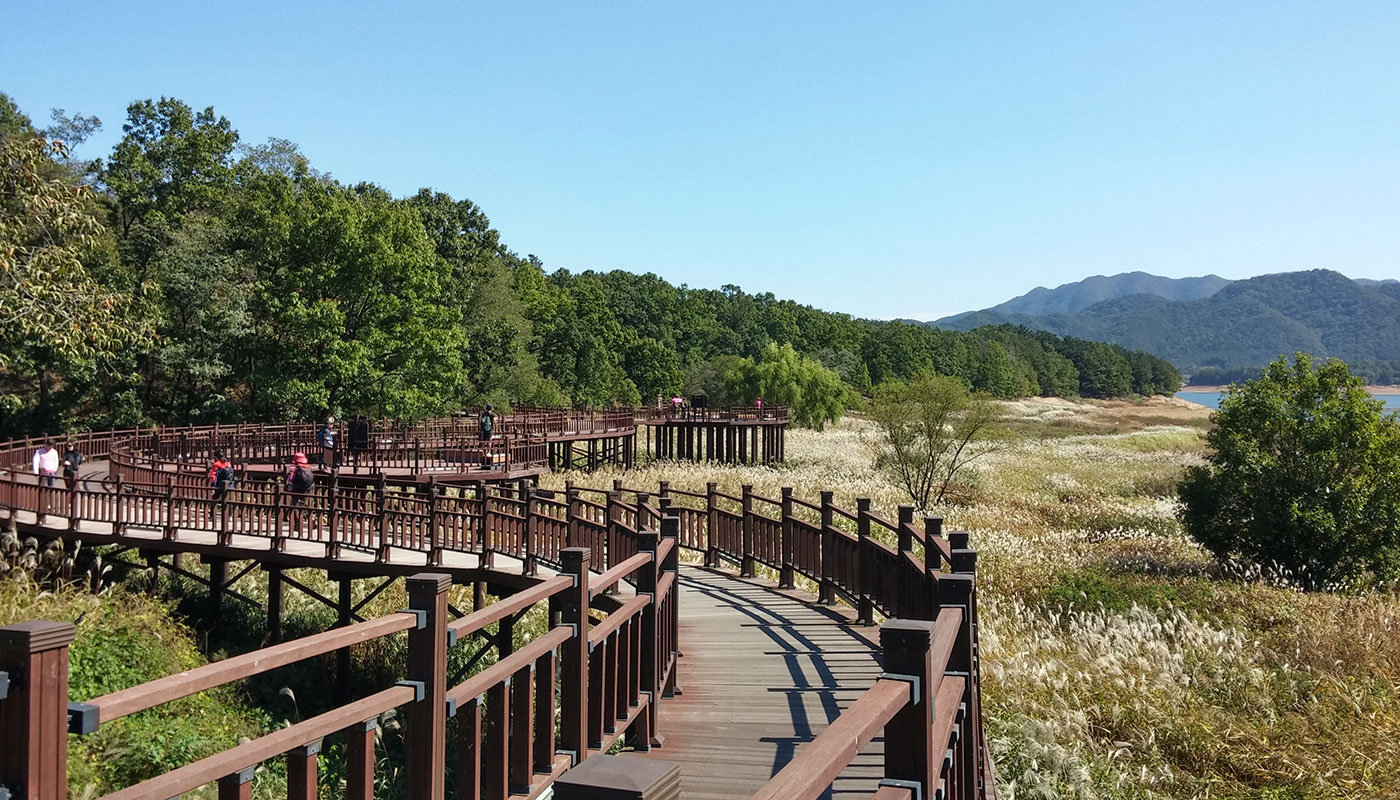
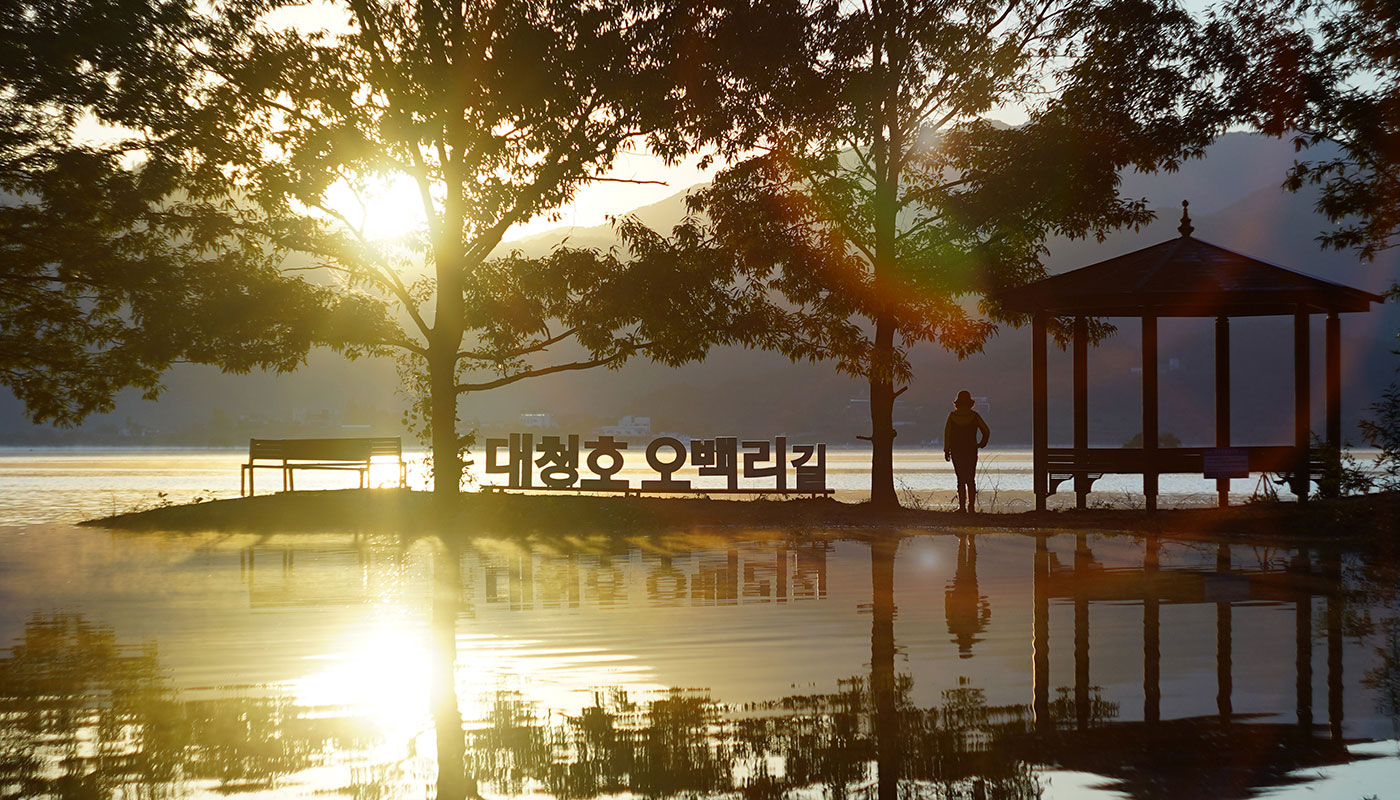
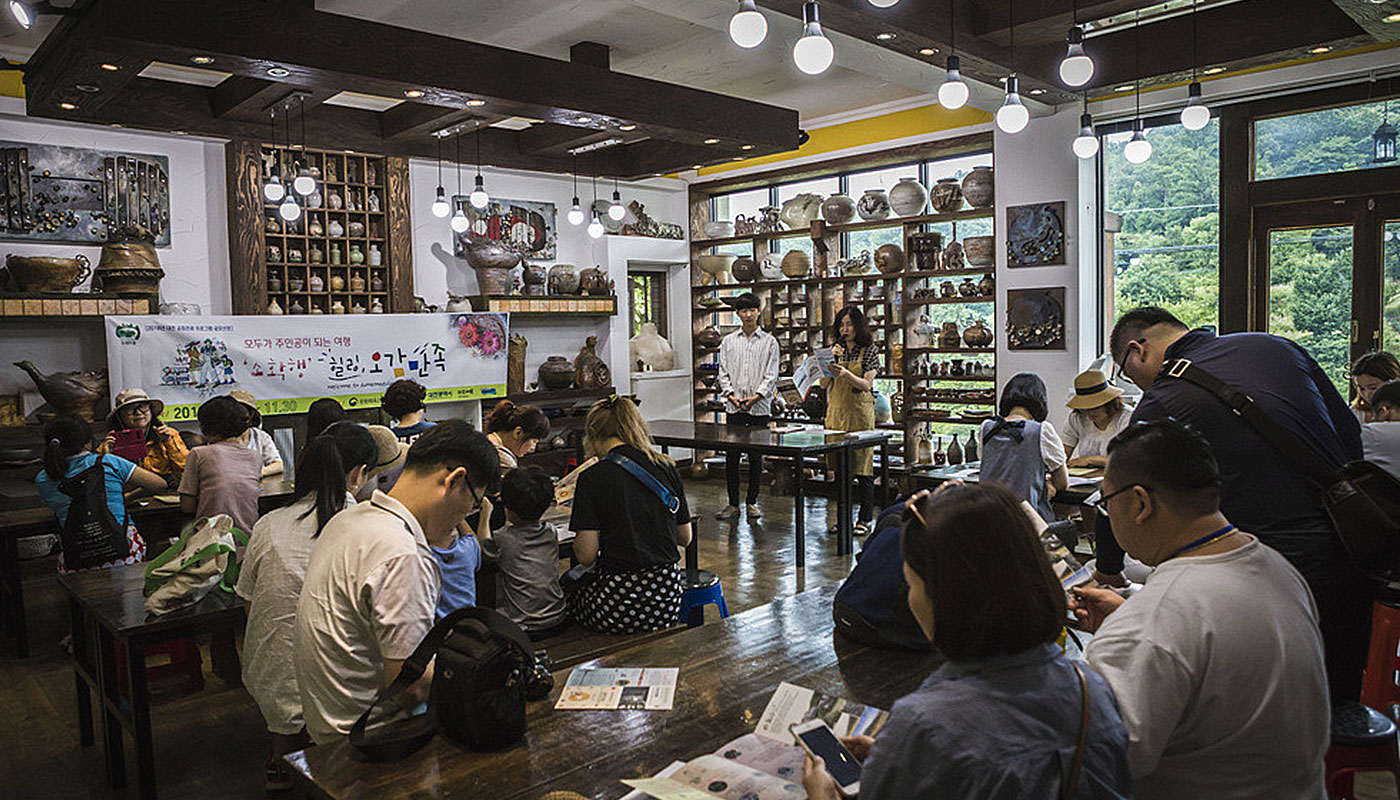
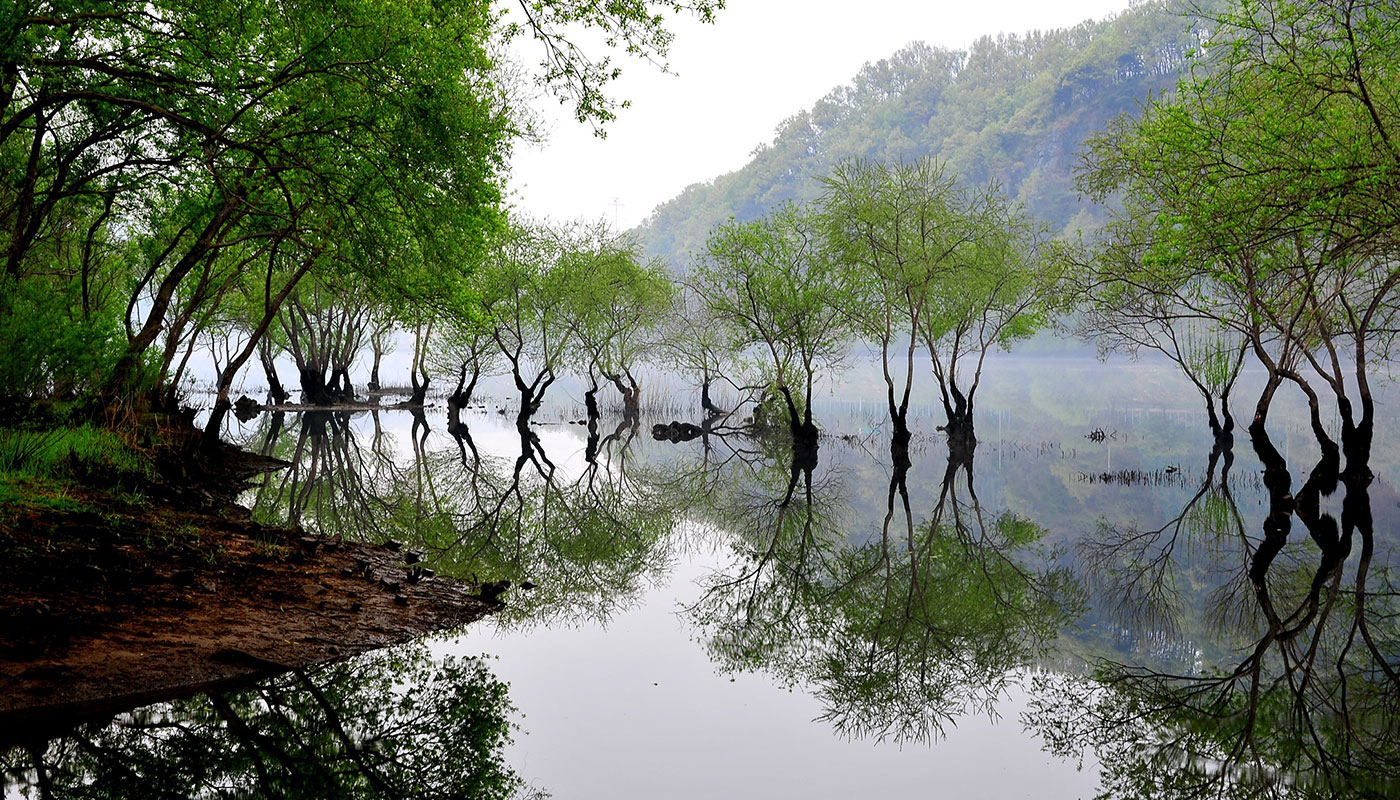
 Interview With
Interview With
 Medical Technology
Medical Technology
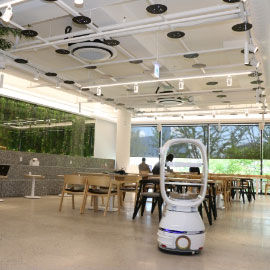 City & Culture
City & Culture
 Health & Wellness Tips
Health & Wellness Tips
 Hot Issue
Hot Issue
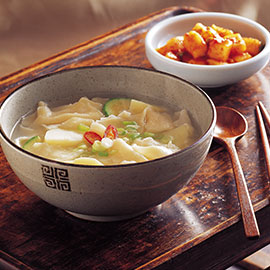 Food & Travel
Food & Travel